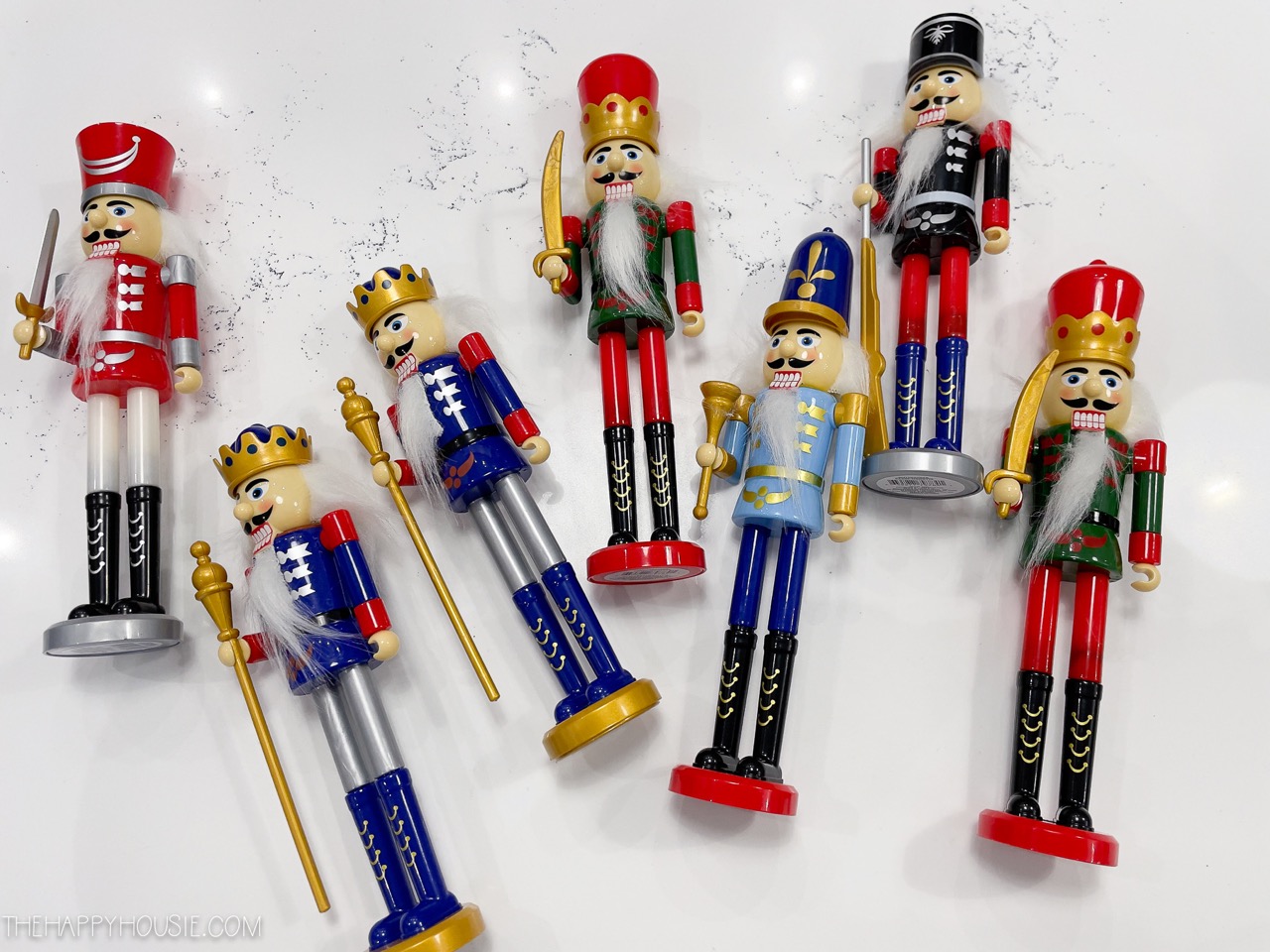

Articles
How To Store Nutcrackers
Modified: January 5, 2024
Learn the best methods for storing your nutcrackers with these informative articles. Keep your cherished collectibles safe and organized!
(Many of the links in this article redirect to a specific reviewed product. Your purchase of these products through affiliate links helps to generate commission for Storables.com, at no extra cost. Learn more)
Introduction
Welcome to the world of nutcrackers! These whimsical and decorative figurines have been a beloved part of holiday traditions for many generations. Whether you collect them as a hobby or have a cherished family heirloom, proper storage of nutcrackers is crucial to ensure their longevity and preservation.
In this article, we will delve into the art of storing nutcrackers, discussing the essential steps and considerations for maintaining their pristine condition year after year. From understanding the different types and materials of nutcrackers to choosing the right storage location and implementing proper cleaning and wrapping techniques, we will cover it all.
So, if you’re ready to dive into the world of nutcracker storage, let’s get started!
Key Takeaways:
- Proper storage and maintenance are crucial for preserving the beauty and longevity of nutcrackers. Understanding their characteristics, selecting the right storage location, and employing proper cleaning and preparation techniques are essential for ensuring their pristine condition.
- Regular maintenance, including dusting, inspecting for damage, and gentle handling, will help maintain the beauty and integrity of nutcrackers year after year. By following these maintenance tips, you can enjoy their charm and sentimental value for generations to come.
Read more: How To Store Basil From Store
Understanding Nutcrackers
Nutcrackers are decorative figurines that are often associated with the holiday season. They are traditionally crafted in the shape of soldiers or other festive characters, with a hinged jaw that can be used to crack open nuts. These whimsical and cheerful ornaments have a rich history and are highly sought after by collectors.
When it comes to storing nutcrackers, it’s important to understand the different types and materials they are made from. Nutcrackers can be made from various materials, including wood, porcelain, and metal. Wooden nutcrackers are the most common and have a charming vintage appeal. Porcelain nutcrackers are delicate and elegant, while metal nutcrackers have a more modern and industrial look.
It’s also worth noting that nutcrackers come in a wide range of sizes, from small miniature versions to larger, more elaborate designs. The size and weight of your nutcrackers will play a role in determining the most suitable storage options.
Additionally, it’s important to be aware of any special features or delicate details on your nutcrackers. Some nutcrackers may have intricate hand-painted designs or delicate elements that require extra care during storage. Take note of any fragile parts that could be susceptible to damage.
Understanding the characteristics and unique qualities of your nutcrackers will help guide you in selecting the appropriate storage methods and materials.
Things to Consider Before Storage
Before you begin the process of storing your nutcrackers, there are a few key factors to consider. These considerations will help ensure that your nutcrackers remain in pristine condition and are preserved for years to come.
1. Climate and Temperature: Nutcrackers are sensitive to extreme temperatures and fluctuations in humidity. It’s important to store them in a climate-controlled environment to avoid damage. Avoid areas that are prone to temperature extremes, such as attics or basements.
2. Sunlight Exposure: Prolonged exposure to direct sunlight can cause fading and discoloration of the nutcracker’s paint or fabric. Choose a storage location that is away from direct sunlight or use protective covering, such as a cloth or curtain, to shield them from UV rays.
3. Potential Hazards: Consider potential hazards in the chosen storage area. Avoid places with high levels of moisture, pests, or dust. These can lead to damage, mold, or deterioration of the nutcrackers.
4. Accessibility: Think about how easily accessible the storage area will be whenever you want to retrieve or display the nutcrackers. Avoid stacking boxes or containers that may require excessive movement or lifting to access the nutcrackers.
5. Long-Term Storage: If you plan on storing the nutcrackers for an extended period, it’s essential to choose storage materials and methods that offer maximum protection. Look for acid-free tissue paper, bubble wrap, or specialized archival storage containers to ensure long-term preservation.
6. Inventory and Documentation: Take inventory and document each nutcracker before storing. This will help you keep track of your collection and identify any missing or damaged pieces. You can also take photographs or make a list of any unique or valuable nutcrackers for insurance purposes.
By considering these factors before storing your nutcrackers, you can ensure that they are protected and ready to be enjoyed again in the future.
Choosing the Right Storage Location
When it comes to storing your nutcrackers, choosing the right storage location is crucial for their preservation. Here are some key factors to consider when selecting the ideal storage spot:
1. Indoor, Climate-Controlled Environment: It’s essential to store nutcrackers in a dry, indoor space that is climate-controlled. Extreme temperature fluctuations and high humidity can cause damage to the nutcrackers, such as warping, discoloration, or mold growth. Consider storing them in a closet, spare room, or a temperature-regulated basement or attic.
2. Away from Direct Sunlight: Exposure to sunlight can fade the colors and cause deterioration of the nutcracker’s paint or fabric. Choose a storage location that is away from windows or use blackout curtains to protect them from harmful UV rays.
3. Free from Moisture and Humidity: Moisture and humidity can lead to mold growth, warping, or rotting of the nutcrackers. Avoid storing them in areas prone to moisture, such as basements or crawlspaces. If you live in a humid climate, consider using dehumidifiers or moisture-absorbing products in the storage space.
4. Pest Control: Protect your nutcrackers from pests, such as mice or insects, by ensuring the storage location is free from any potential entry points. Seal any cracks or openings and use pest deterrents, such as mothballs or lavender sachets, to keep pests at bay.
5. Adequate Space: Choose a storage area that provides enough space to accommodate your nutcrackers without overcrowding. Avoid stacking them on top of each other, as this can lead to breakage. If space is limited, consider using shelving units, display cases, or dedicated nutcracker storage boxes to keep them organized and protected.
6. Accessibility: While it’s important to choose a secure storage location, it’s also essential to consider ease of access when you want to retrieve or display your nutcrackers. Avoid storing them in hard-to-reach places that require excessive moving or lifting to access.
By following these guidelines and choosing the right storage location, you can ensure that your nutcrackers remain safe and well-preserved until it’s time to bring them out again for the holiday season or display.
Proper Cleaning and Preparation
Before you store your nutcrackers, it’s important to give them a thorough cleaning and proper preparation to ensure they stay in optimal condition. Here are some steps to follow:
1. Dusting: Start by gently dusting off your nutcrackers using a soft, lint-free cloth or a clean paintbrush. Pay attention to the intricate details and hard-to-reach areas. Avoid using harsh cleaning chemicals or abrasive materials that can damage the paint or surface of the nutcrackers.
2. Spot Cleaning: If you notice any stubborn stains or dirt buildup on the nutcrackers, you can lightly dampen a cloth with mild soap and water. Gently wipe the affected areas, being careful not to saturate the nutcrackers. Dry them thoroughly with a clean cloth to prevent moisture damage.
3. Repairing Damage: Inspect your nutcrackers for any loose parts or minor damages. If you find any loose or wobbly components, such as arms, heads, or bases, consider using a small amount of clear adhesive to secure them back in place. Handle fragile parts with care to avoid further damage.
4. Polishing: If your nutcrackers have a polished or glossy finish, you can use a non-abrasive polish suitable for their material to restore their shine. Follow the instructions provided by the manufacturer and apply the polish gently using a soft cloth. Buff the surface until it is smooth and shiny.
5. Allowing Sufficient Drying Time: Ensure that your nutcrackers are completely dry before storing them. Moisture can lead to mold growth and potential damage. Allow them to air dry in a well-ventilated area, or use a fan or hairdryer set on a cool, gentle setting to speed up the drying process.
6. Detachable Accessories: If your nutcrackers have detachable accessories, such as hats or weapons, remove them before storage. Store these accessories separately, wrapped in tissue paper or small plastic bags, to prevent loss or damage.
By following these cleaning and preparation steps, you can ensure that your nutcrackers are spotless, well-maintained, and ready for storage. This will help maintain their beauty and integrity for years to come.
Store nutcrackers in a cool, dry place to prevent rusting. Wrap them in soft cloth or tissue paper to protect the finish and store them in a box to prevent damage.
Read more: How To Store Store-Bought Bread
Wrapping and Padding Techniques
Proper wrapping and padding are essential to protect your nutcrackers from scratches, dings, or any potential damage while in storage. Here are some techniques to keep in mind:
1. Acid-Free Tissue Paper: Start by wrapping each individual nutcracker in acid-free tissue paper. This lightweight and non-abrasive material will help prevent any direct contact between the nutcracker’s surface and other objects, reducing the risk of scratches or color transfer.
2. Bubble Wrap: For added protection, consider wrapping the tissue-wrapped nutcrackers in a layer of bubble wrap. Bubble wrap provides cushioning and shock absorption, safeguarding the nutcrackers from impact or accidental bumps during storage.
3. Foam Padding: If you have larger or more delicate nutcrackers, you may want to use foam padding for additional support. Cut pieces of foam padding to fit the contours of each nutcracker, focusing on the more vulnerable areas, such as arms, heads, or delicate accessories. The foam padding will provide extra protection and help maintain the nutcracker’s shape.
4. Secure Wrapping: Once the nutcrackers are wrapped in tissue paper and bubble wrap, secure the layers with tape or elastic bands. Ensure that the wrapping is snug but not too tight, allowing the nutcrackers to breathe and preventing any pressure that could cause damage.
5. Grouping Similar Size and Style: When organizing your nutcrackers for storage, group similar-sized or themed nutcrackers together. This will make it easier to retrieve and unpack them when needed. Place each group in separate containers or storage boxes to keep them organized and easily identifiable.
6. Labeling: Don’t forget to label each container or box with the contents inside. This will save you time when you want to locate specific nutcrackers or retrieve them for display. Use a permanent marker or adhesive labels to clearly indicate the contents of each container or box.
By following these wrapping and padding techniques, you can ensure that your nutcrackers are well-protected and ready to be stored without the risk of damage or deterioration. Remember to handle them with care when packing and unpacking to avoid any accidents or mishaps.
Storing Nutcrackers in Containers
Choosing the right containers for storing your nutcrackers is crucial for their protection and organization. Here are some tips for storing nutcrackers in containers:
1. Clear Plastic Bins: Opt for clear plastic bins with secure lids for storing your nutcrackers. Clear bins allow you to easily see the contents inside without having to open each container. Make sure the bins are made from durable, sturdy plastic to provide proper protection against dust, moisture, and pests.
2. Adjustable Dividers or Compartments: To prevent nutcrackers from colliding or scratching each other, consider using adjustable dividers or creating compartments within the storage bins. This will help keep the nutcrackers separated and organized, reducing the risk of damage during storage and transportation.
3. Layering With Acid-Free Tissue Paper: When placing nutcrackers inside the containers, layer each one with acid-free tissue paper to provide an additional protective barrier. This will help cushion the nutcrackers and prevent any potential contact between them, minimizing the risk of scratches or paint transfer.
4. Vertical Placement: To save space and avoid excessive pressure on the nutcrackers, consider storing them vertically rather than stacking them horizontally. This helps distribute the weight evenly and minimizes the risk of damage from heavy objects on top.
5. Fill Empty Spaces: Fill any empty spaces or gaps between nutcrackers with additional tissue paper or soft padding materials. This will prevent the nutcrackers from shifting or moving during storage, reducing the risk of accidental damage.
6. Stack Carefully: If you need to stack multiple containers, do so with caution. Place heavier or sturdier containers at the bottom and ensure that the weight is evenly distributed to avoid any potential collapses or accidents. Label each container to indicate the stacking order for easy retrieval.
7. Elevated Storage: Avoid placing the containers directly on the floor or in areas prone to moisture. Use wooden pallets or adjustable shelving units to elevate the storage containers, keeping them off the ground and away from any potential hazards.
By following these storage techniques, you can keep your nutcrackers organized, protected, and ready to be brought out for display or enjoyment during the holiday season. Remember to handle the containers with care when moving or transporting them to avoid any accidental damage.
Alternative Storage Options
If you’re looking for alternative storage options for your nutcrackers, there are a few creative solutions to consider. These options can help accommodate different sizes or quantities of nutcrackers while keeping them organized and protected:
1. Display Cabinets or Shelves: If you have a collection of nutcrackers that you like to showcase year-round, consider investing in a display cabinet or dedicated shelves. These provide a secure and visually appealing storage solution while allowing you to enjoy your nutcrackers as part of your home decor.
2. Hanging Storage: Utilizing wall space for hanging storage is a clever option for smaller nutcrackers or limited storage area. Install decorative hooks or a hanging rod in a closet or spare room and hang the nutcrackers individually. Make sure to wrap each nutcracker in tissue paper before hanging to protect them from dust and scratches.
3. Shadow Boxes: Shadow boxes are an excellent choice for displaying a few prized nutcrackers while providing protection from dust and direct handling. Place the nutcrackers inside a shadow box and hang it on a wall, or place it on a shelf or tabletop. This option allows you to enjoy your favorite nutcrackers while keeping them safe and dust-free.
4. Custom or DIY Storage Cases: If you have a large collection of nutcrackers or unique storage needs, consider investing in custom-made storage cases or designing your own DIY solution. Foam-lined or compartmentalized storage cases can offer excellent protection and organization. You can customize the size and layout to fit your specific nutcracker collection.
5. Decorative Trunks or Chests: Vintage trunks or decorative chests can provide a charming and eclectic storage option for nutcrackers. Line the inside with acid-free tissue paper and arrange the nutcrackers neatly. Not only will this keep them protected, but it can also serve as an attractive piece of furniture or decor in your home.
6. Under-Bed Storage: If space is limited, consider utilizing under-bed storage containers specifically designed to fit under most beds. These containers come in various sizes and are an ideal solution for storing nutcrackers while maximizing space efficiency.
7. Luggage or Suitcases: If you have old suitcases or luggage that are no longer in use, repurpose them as storage containers for your nutcrackers. Line the inside with acid-free tissue paper or foam padding and arrange the nutcrackers securely. This option is not only practical but also adds a touch of vintage charm to your storage solution.
When considering alternative storage options, prioritize the protection and organization of your nutcrackers while also considering how easily accessible they will be when you want to retrieve or display them.
By exploring these creative alternatives, you can find a storage solution that suits your needs, space limitations, and personal style, while ensuring your nutcrackers remain safe and well-preserved until their next holiday appearance.
Regular Maintenance Tips
To ensure the longevity and preservation of your nutcrackers, regular maintenance is essential. By implementing these simple tips, you can keep your nutcrackers in excellent condition year after year:
1. Dusting: Regularly dust your nutcrackers using a soft, lint-free cloth or a clean paintbrush. This will help prevent the buildup of dust and keep them looking fresh and vibrant. Dusting should be done gently to avoid any accidental breakage or damage.
2. Inspecting for Damage: Routinely inspect your nutcrackers for any signs of damage or wear. Look for loose parts, chips, or cracks. If you notice any issues, address them promptly to prevent further damage. Consider enlisting the help of a professional if repairs are needed.
3. Avoiding Direct Sunlight: Protect your nutcrackers from prolonged exposure to direct sunlight. UV rays can fade the colors and damage the materials over time. Display them in areas of your home that are away from windows or use curtains or blinds to filter out sunlight.
4. Temperature and Humidity Control: Extreme temperature fluctuations and high humidity can be detrimental to your nutcrackers. Avoid placing them in areas of your home that are subject to extreme temperature changes, such as attics or basements. Opt for climate-controlled storage to maintain a stable environment.
5. Gentle Handling: When handling your nutcrackers, it’s important to be gentle and cautious. Avoid grabbing them by delicate parts or excessive force that can lead to breakage. Support larger nutcrackers with both hands to distribute the weight evenly and minimize the risk of accidents.
6. Avoiding Moisture and Water: Keep your nutcrackers away from moisture and water sources, as these can cause damage, decay, or mold and mildew growth. Be careful when cleaning or storing them, ensuring they are completely dry before placing them back in storage.
7. Regular Rotation: Rotate your nutcrackers periodically to prevent any potential discoloration due to uneven exposure to light or dust. Display different nutcrackers each season or every few months to evenly distribute their time in the spotlight.
8. Proper Storage: Follow the tips and techniques mentioned earlier to store your nutcrackers properly when they are not on display. Use appropriate containers, wrapping materials, and padding to safeguard them from dust, scratches, and accidental damage.
By incorporating these regular maintenance tips into your routine, you can ensure that your nutcrackers remain in excellent condition and continue to bring joy and festive cheer for many years to come.
Read more: How To Store Beats
Conclusion
Proper storage of nutcrackers is essential to preserve their beauty, protect them from damage, and ensure their longevity. From understanding the different types and materials of nutcrackers to selecting the right storage location, cleaning and preparation, wrapping and padding techniques, and exploring alternative storage options, each step plays a vital role in maintaining the integrity of your beloved figurines.
By considering factors such as climate, sunlight exposure, potential hazards, and accessibility, you can choose an ideal storage location that provides a stable environment and protects the nutcrackers from harm. Cleaning and preparing them properly, using gentle cleaning methods, and allowing sufficient drying time will keep your nutcrackers in pristine condition.
Wrapping and padding techniques using acid-free tissue paper, bubble wrap, and foam padding provide an extra layer of protection and help prevent scratches or accidental damage. Storing nutcrackers in clear plastic bins, display cabinets, or utilizing creative options like hanging storage, shadow boxes, or custom storage cases can keep them organized and visible while providing the necessary safeguarding.
Regular maintenance, including dusting, inspecting for damage, avoiding direct sunlight and moisture, gentle handling, and regular rotation, will help maintain the beauty and integrity of your nutcrackers year after year. By following these maintenance tips, you can enjoy their charm and sentimental value for generations to come.
In conclusion, proper storage and maintenance are essential for preserving the beauty and longevity of your nutcrackers. By understanding their characteristics, selecting the right storage location, employing proper cleaning and preparation techniques, and using appropriate wrapping and padding materials, you can ensure that your nutcrackers remain in excellent condition. Whether you showcase them as part of your holiday decor or cherish them as family heirlooms, with proper care, your nutcrackers will continue to bring festive cheer for many joyous seasons ahead.
Frequently Asked Questions about How To Store Nutcrackers
Was this page helpful?
At Storables.com, we guarantee accurate and reliable information. Our content, validated by Expert Board Contributors, is crafted following stringent Editorial Policies. We're committed to providing you with well-researched, expert-backed insights for all your informational needs.
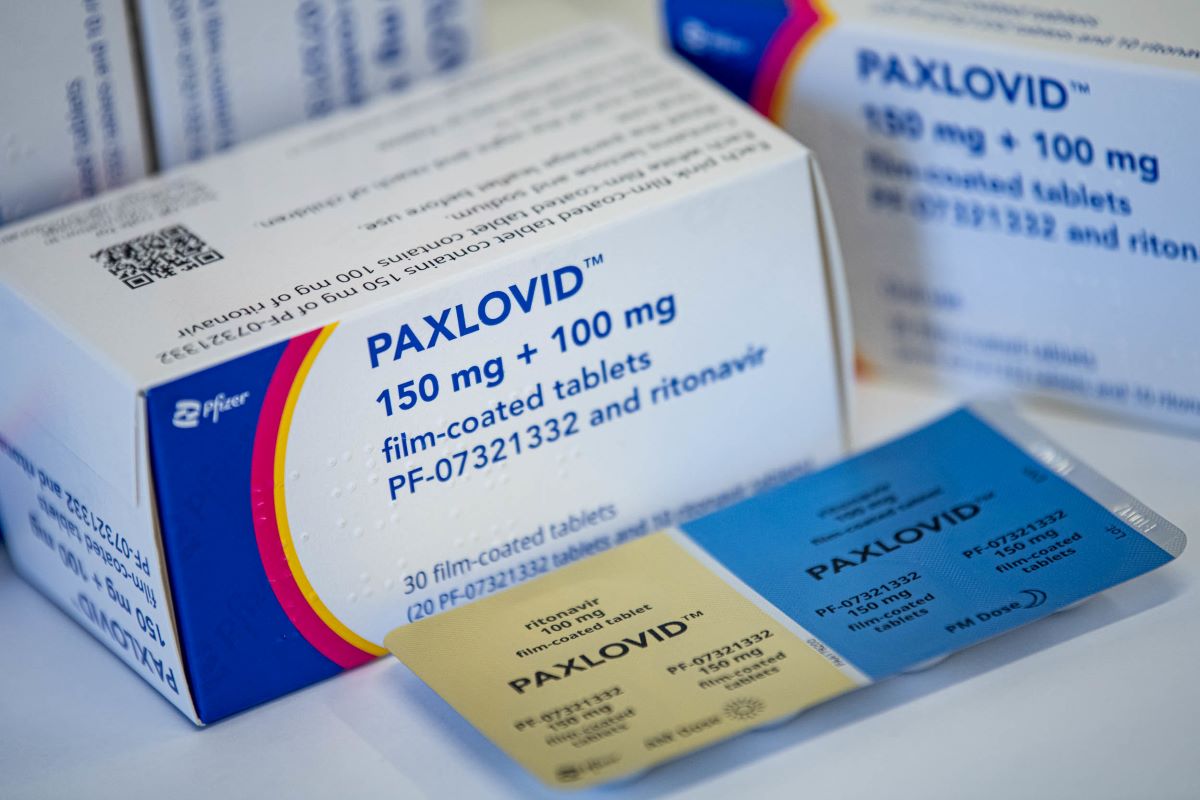
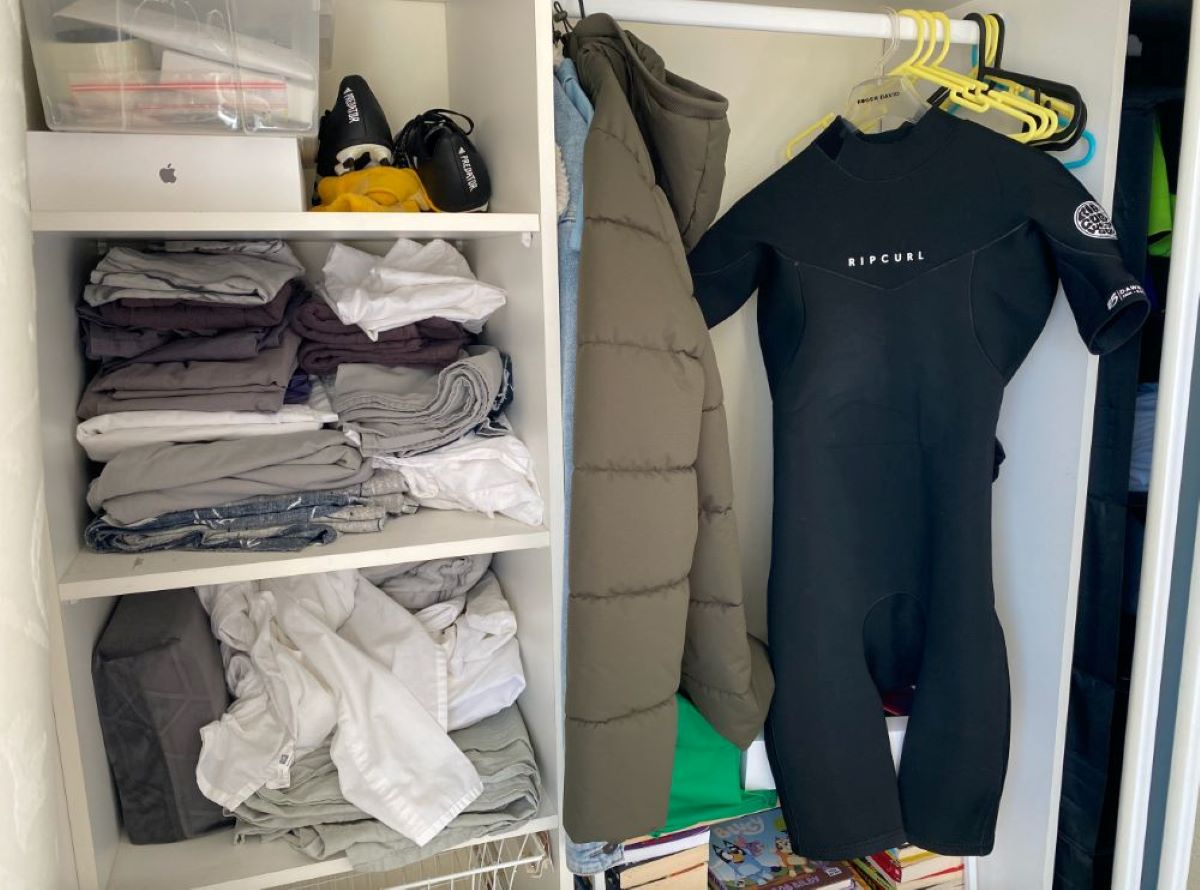
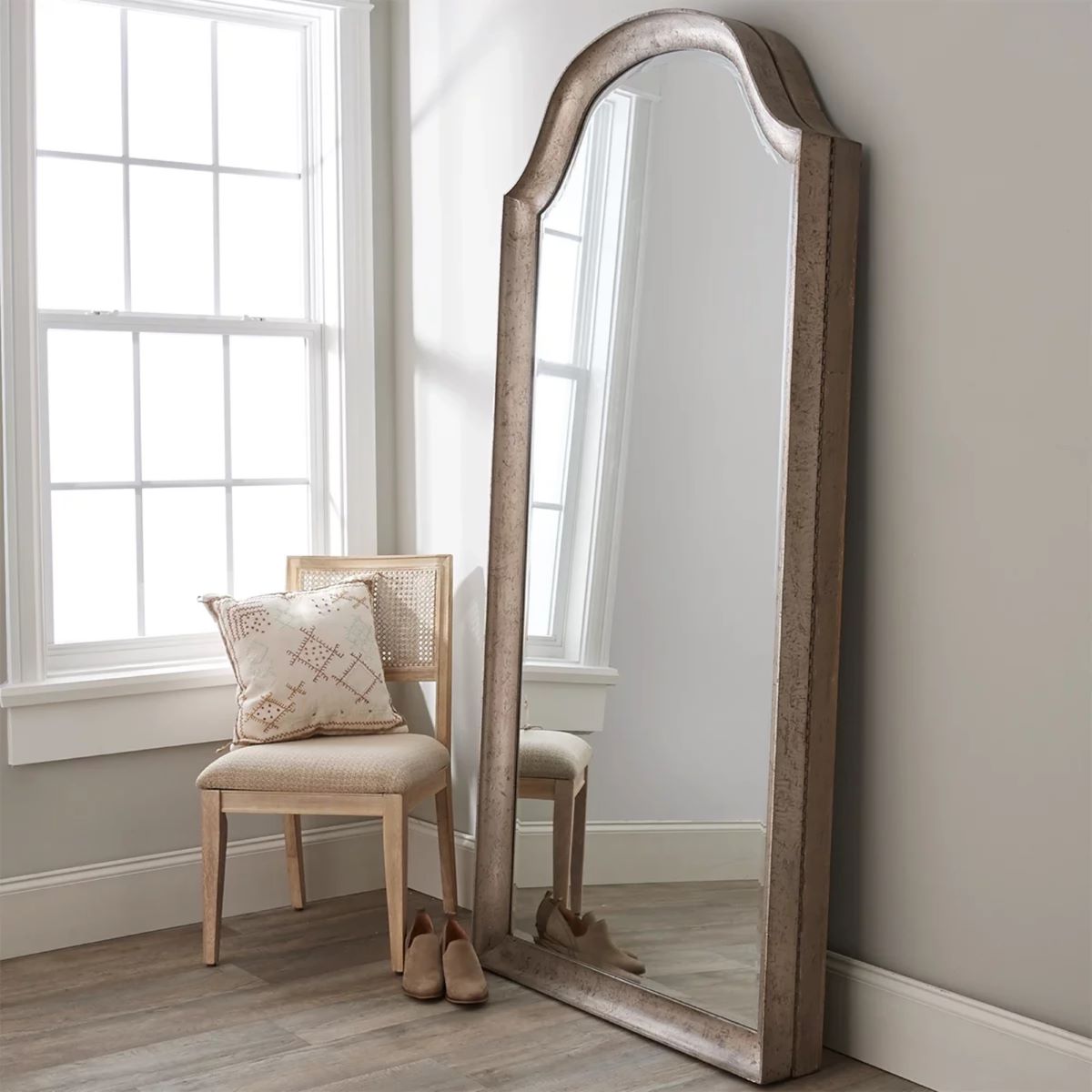
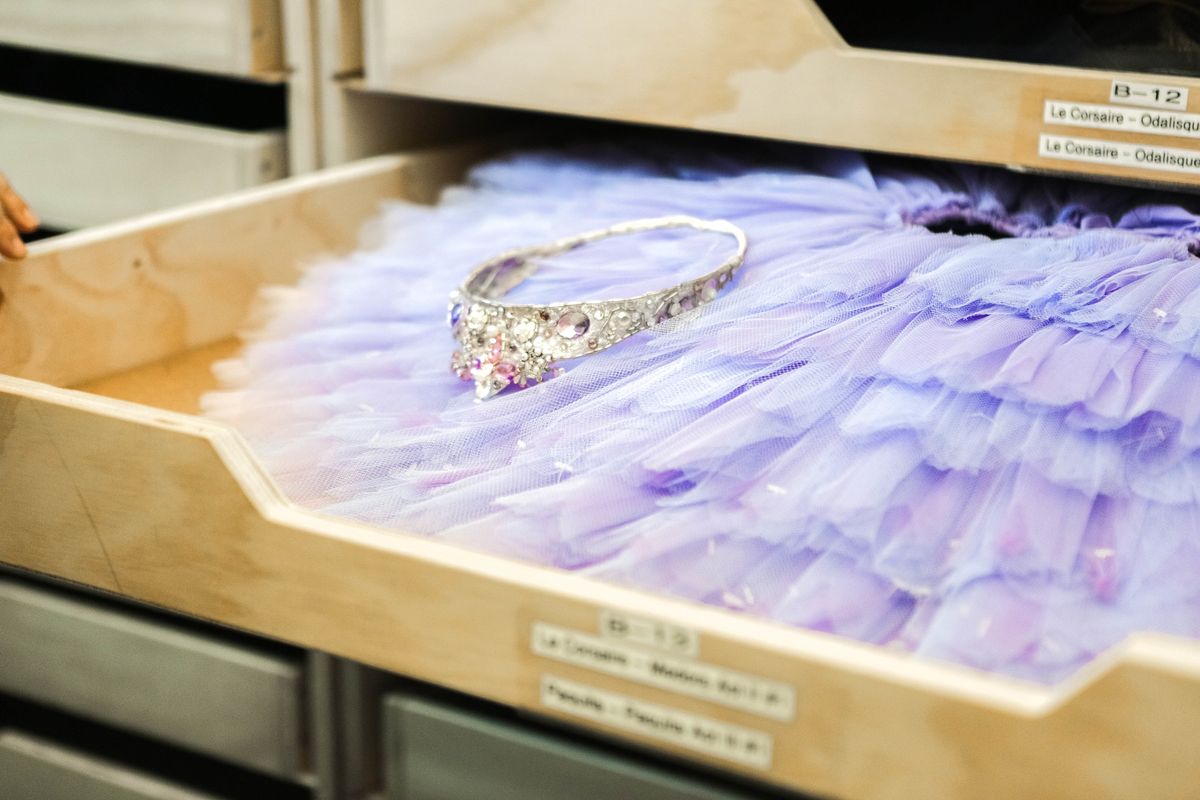
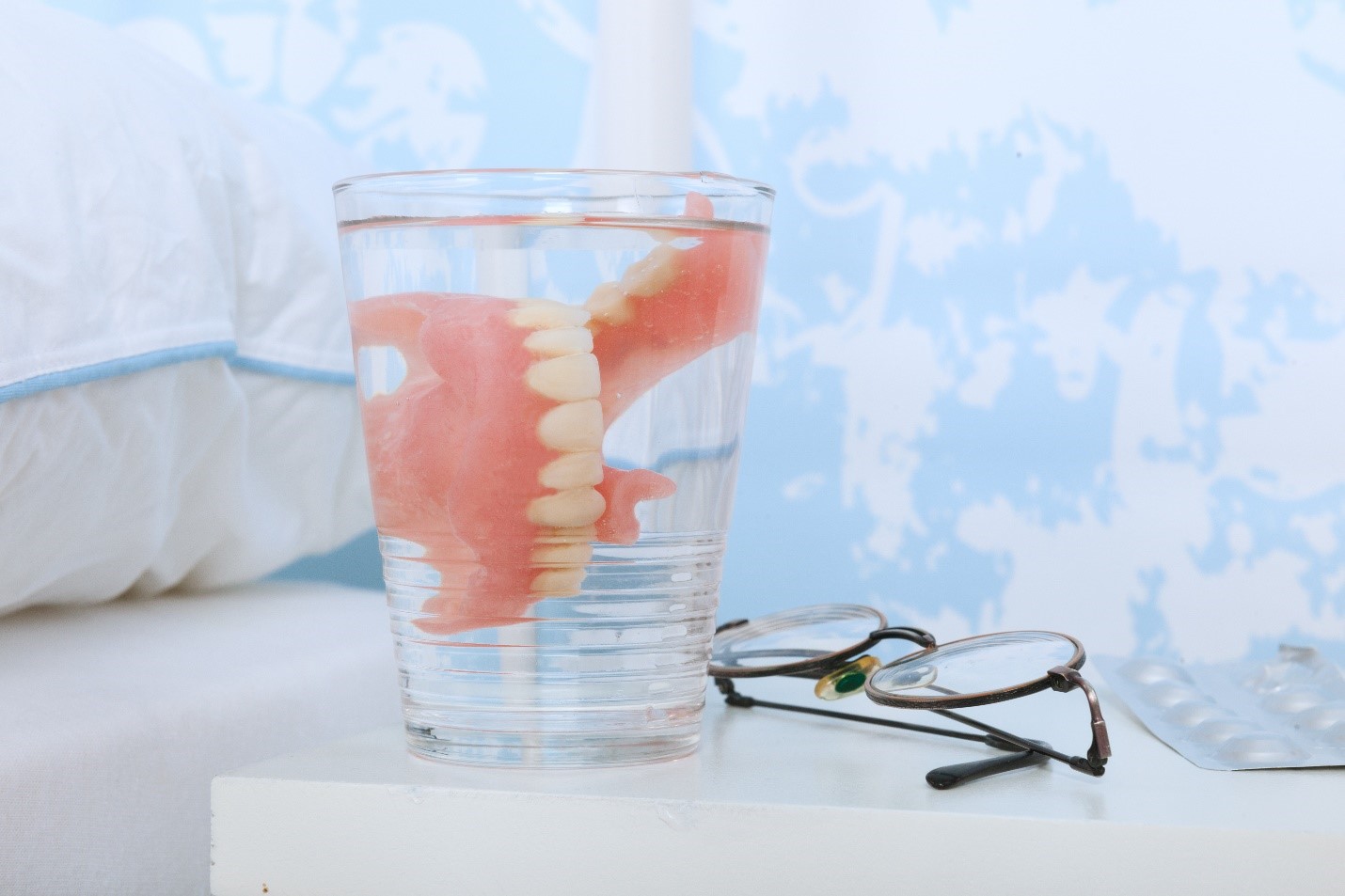
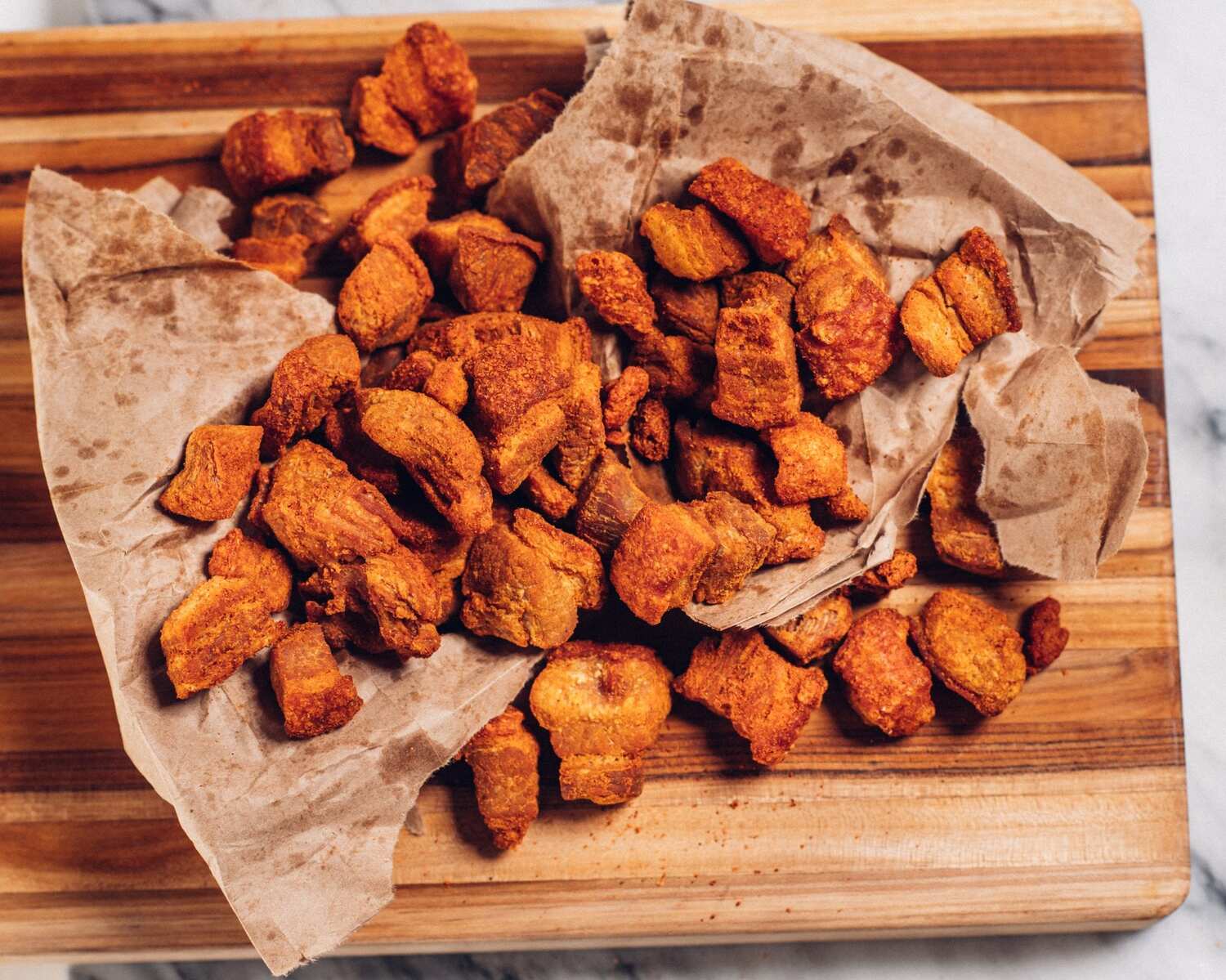
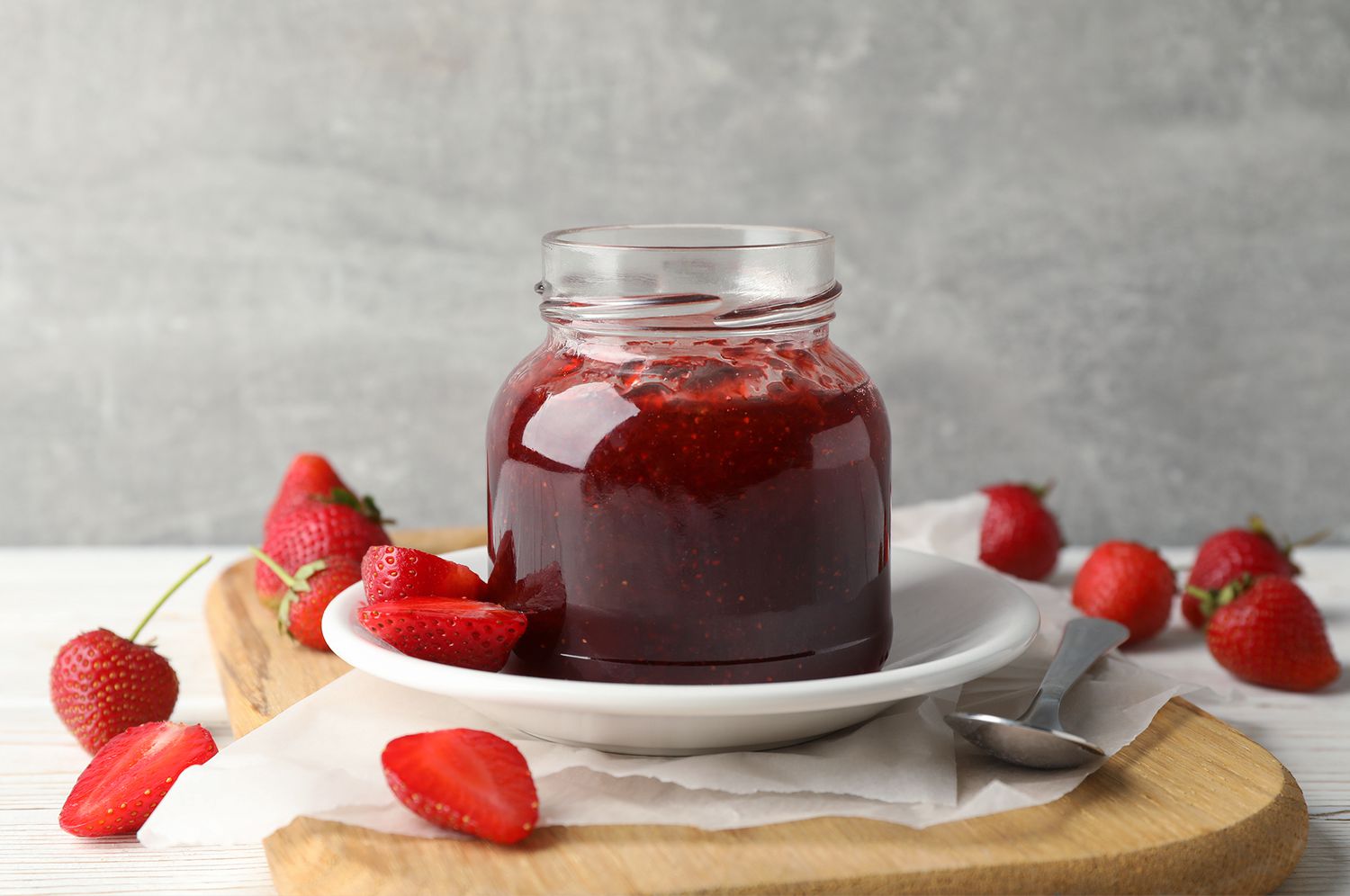
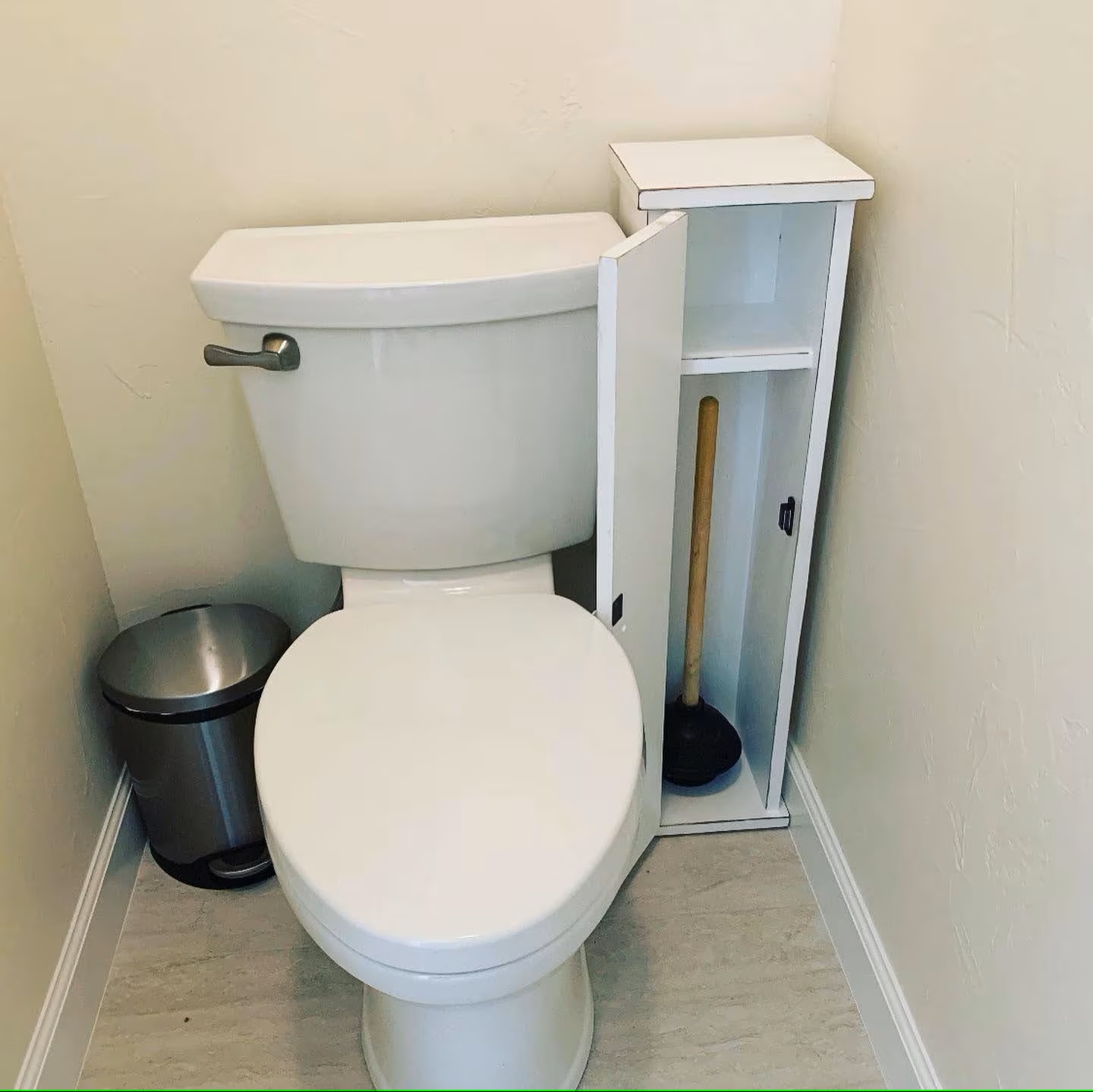
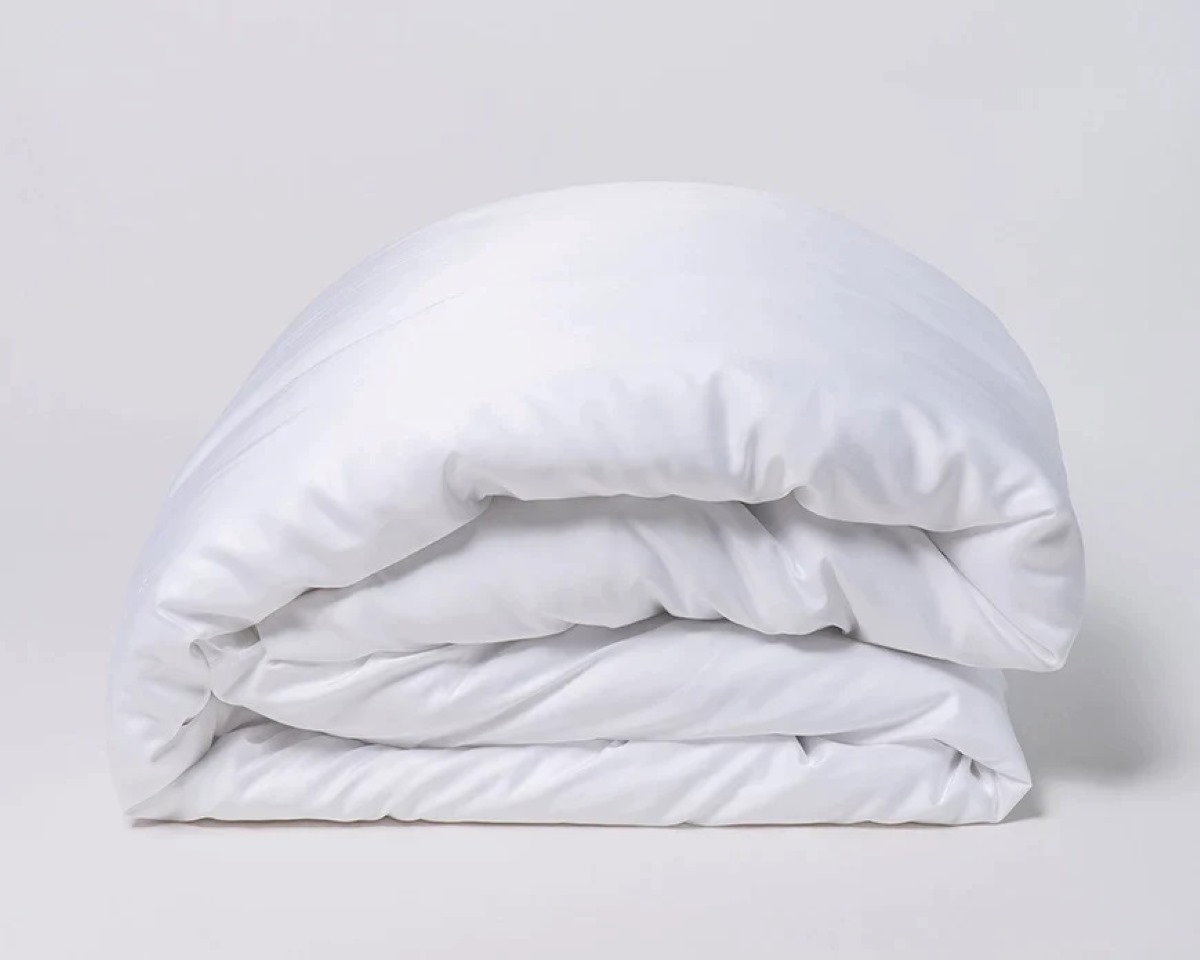
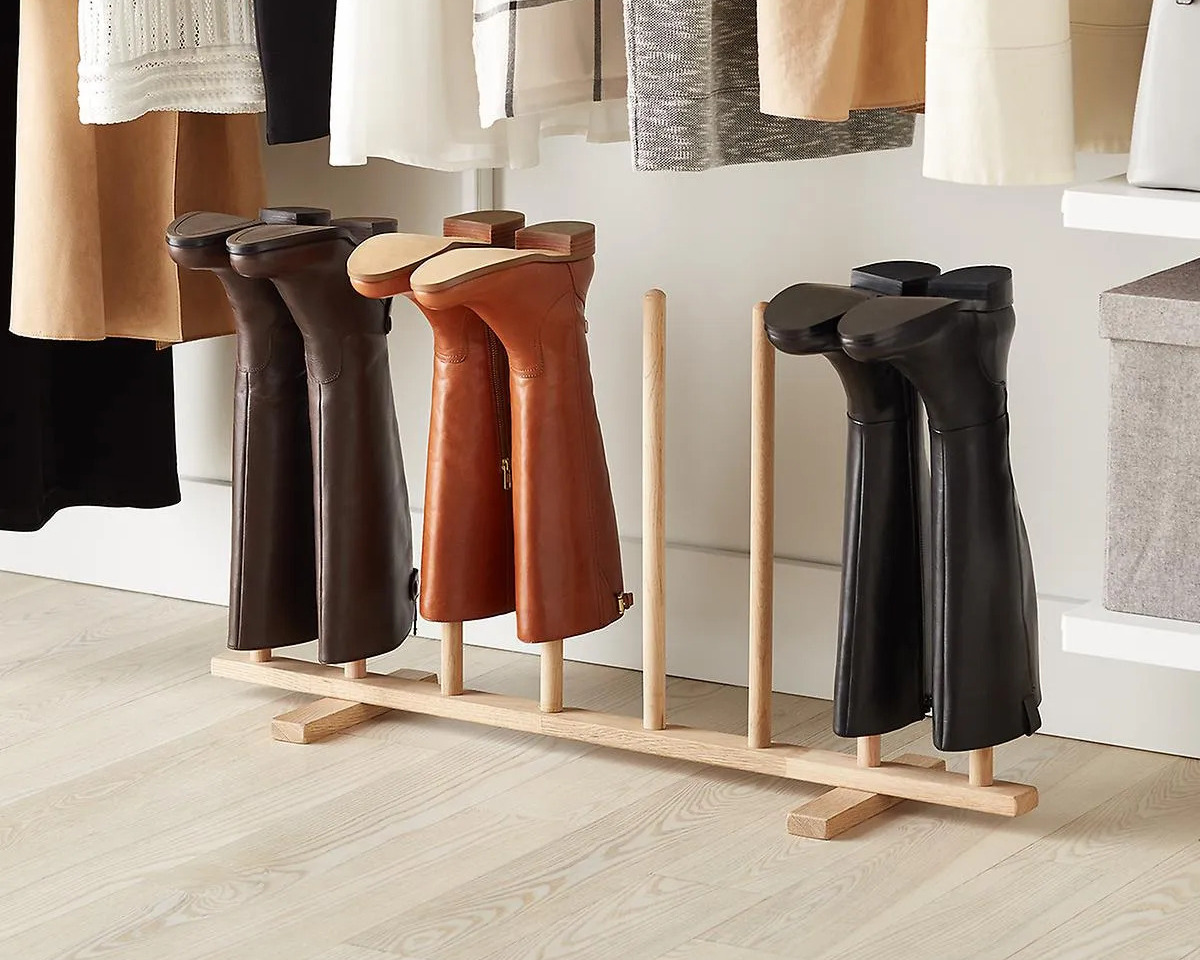
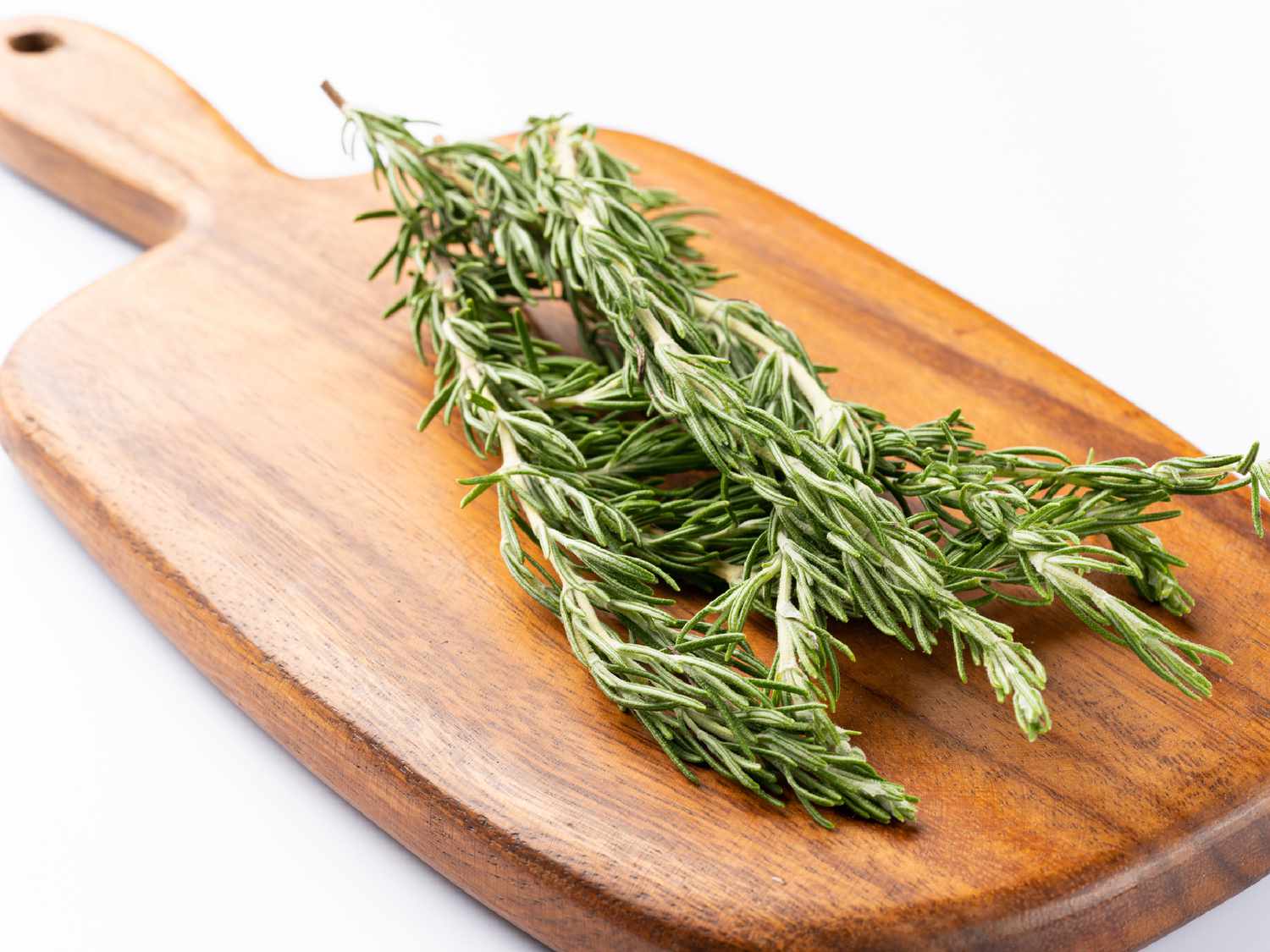

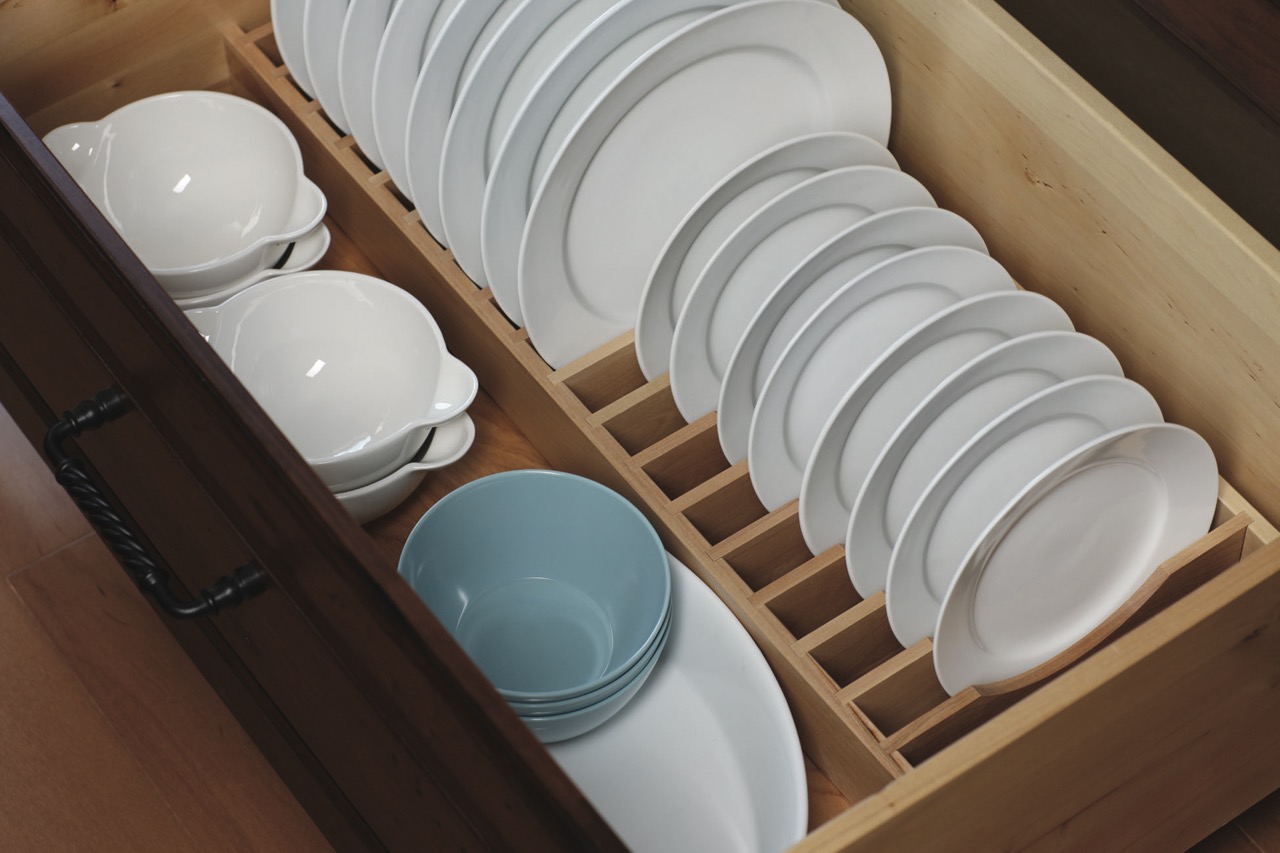

0 thoughts on “How To Store Nutcrackers”